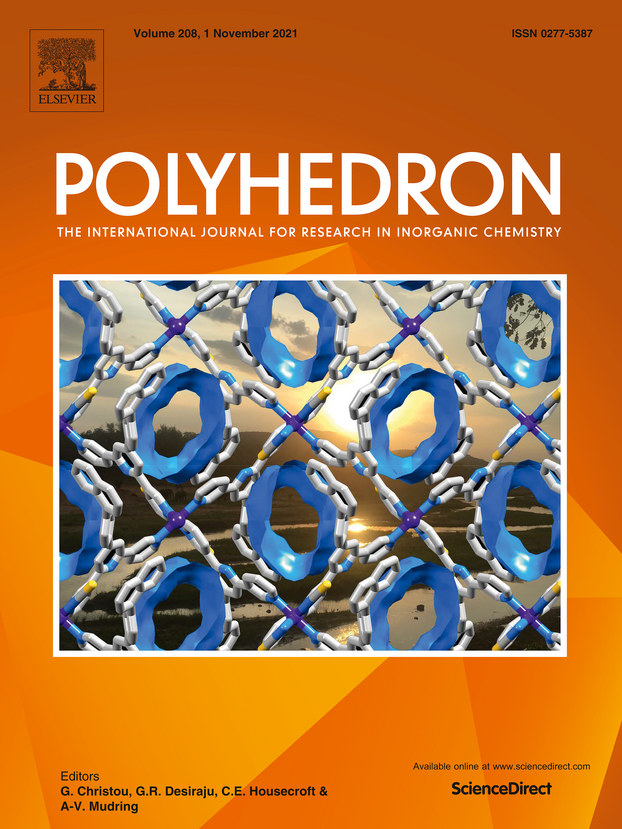Coordination networks assembled from Co(NCS)2 and 4′-[4-(naphthalen-1-yl)phenyl]-3,2′:6′,3″-terpyridine: Role of lattice solvents

The dependence upon the assemblies of coordination networks formed between 4′-[4-(naphthalen-1-yl)phenyl]-3,2′:6′,3″-terpyridine and Co(NCS)2 on the lattice solvent is reported, and thermogravimetric analysis was used to investigate solvent loss and uptake in two coordination networks.
The preparation and characterization of 4′-[4-(naphthalen-1-yl)phenyl]-3,2′:6′,3″-terpyridine (1) are described. Reactions of 1 with Co(NCS)2 under conditions of crystal growth by layering using different solvent combinations produced crystals of [Co(1)2(NCS)2]n·2nCHCl3 and [Co(1)2(NCS)2]n·2nC6H5Me, each of which comprised a (4,4) net. The orientations of 1 with respect to the planar network defined by the Co atoms are significantly different in [Co(1)2(NCS)2]n·2nC6H5Me compared to [Co(1)2(NCS)2]n·2nCHCl3, and the toluene molecules in [Co(1)2(NCS)2]n·2nC6H5Me are involved in π-stacking interactions. The solvent-accessible void-space in the latter consists of a series of interlinked cavities in contrast to the open channels in [Co(1)2(NCS)2]n·2nCHCl3. Thermogravimetric analysis was used to investigate solvent loss and uptake in the two coordination networks. After solvent loss from [Co(1)2(NCS)2]n·2nCHCl3, CHCl3, CDCl3 or CH2Cl2 could be taken up by the lattice. In contrast, removal of toluene from [Co(1)2(NCS)2]n·2nC6H5Me was found to be irreversible.
Read the full publication here.
